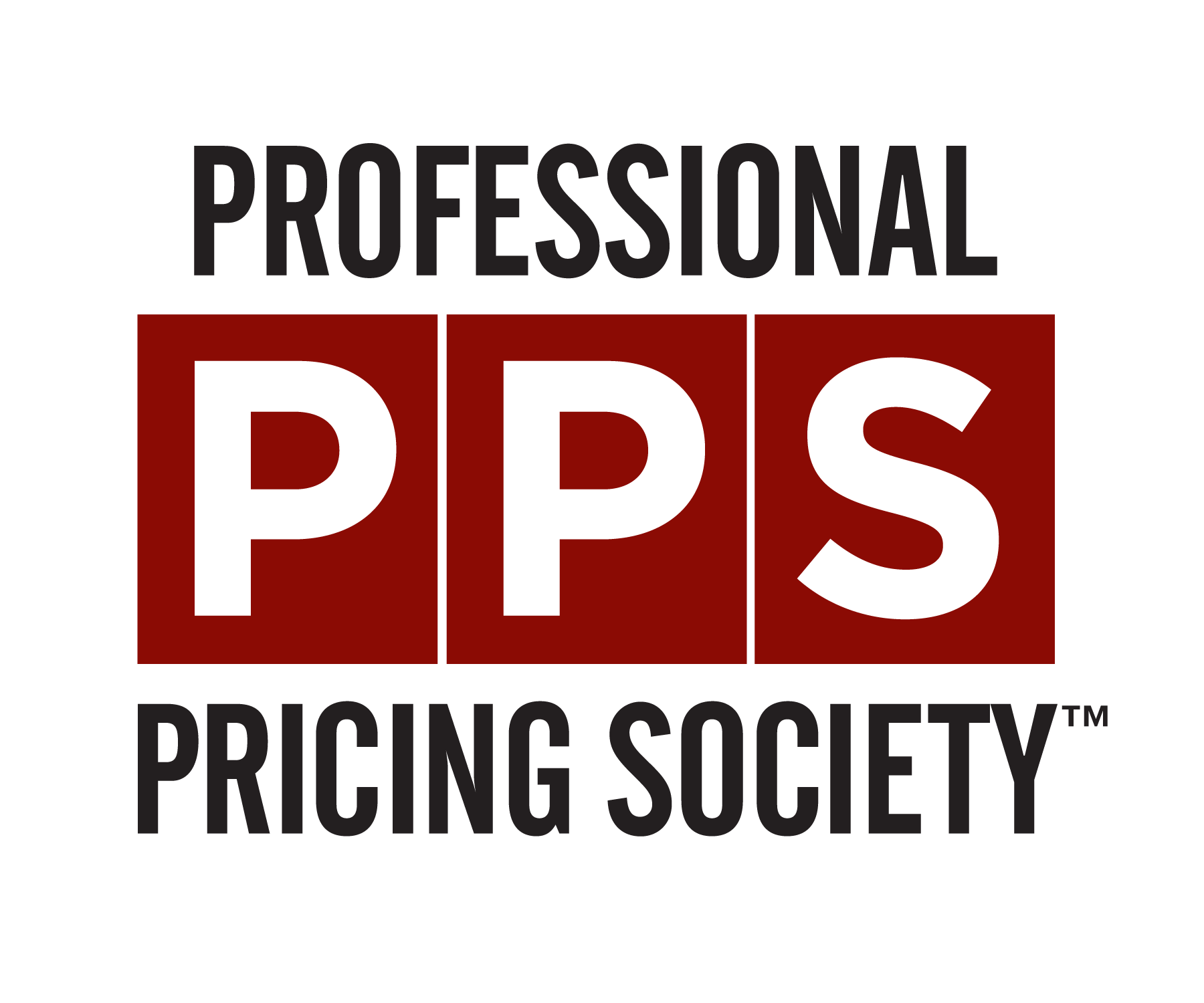Five Guiding Principles For B2B Pricing During COVID-19
- Meagan Ford
- Apr 28, 2020
- 3 min read
This Guest Blog Post was written Matthew Kropp, Managing Director and Partner at Boston Consulting Group (BCG)
Five Guiding Principles For B2B Pricing During An Economic Disruption
We can’t predict the course that the COVID-19 pandemic will take.
However, it is clear that the shutdown in China, extreme social distancing in Europe and now spreading business closures in the US will depress demand and create uncertainty, both effects putting pressure on prices.
In any time of reduced demand, businesses face the challenge of trying to maintain sales velocity while their customers cut or delay spending. This demands discipline in pricing to avoid setting a new lower price floor that haunts them after demand returns.
In this particular crisis, the specific uncertainties involved make careful pricing practices doubly important. Is the customer holding off on spending to reduce cost, or because they fear that quarantines or supply chain interruptions will prevent you from delivering?
Take airfare as an example. Not only are people not traveling due to corporate travel bans and fear of contagion (reduced demand), but would-be travelers also can’t be sure the airlines will even be able to fly to a certain location (uncertain delivery).
Trying to price both to match reduced demand and to address uncertainty is a path to a deep hole.
While not an easy time, there are five clear strategies that companies can follow to weather the storm and come out the other side in a stronger position than less disciplined competitors:
Take Uncertainty Off The Table
Customers commonly use uncertainty as a way to delay purchases and to demand concessions. The best way for companies to mitigate this tactic is to eliminate uncertainty altogether.
In the example of airlines, most have now made all tickets purchased in March and April fully refundable. By adding this flexibility, they effectively made uncertainty irrelevant to the purchase decision.
B2B businesses can increase flexibility by allowing reductions in the volume required (but retaining the same unit price) rather than reducing contract prices from the start. Alternatively, they can use this opportunity to introduce a consumption-based subscription model, where the customer pays only for the resources used.
This approach reduces the company’s up-front costs and eliminates the risk stemming from customer uncertainty.
Develop A Market Share Battle Plan
Pricing, like customer relationships, is a long game. Know who your core customers are and defend them ardently. Some customers may face hard times in the coming months.
Work with them—even lowering prices or deferring volume requirements if that’s what they need to get through this difficult period. And be prepared to call in that favor when the market comes back. Now is not the time to lose your best customers to a price-slashing competitor.
On the flip side, look for opportunities to gain share in areas where you have an advantage or need a better position. Consider, for example, gaining share in e-commerce channels (through pricing or channel programs), or leveraging a cost advantage to capture positions your competitors can’t match.
But pick your battles wisely! Be aware that attacking your competitors’ castles is likely to provoke a response in kind.
Maintain Discipline
Your sales team will say they need lower prices to close deals (and meet their quota). That may be the case, but lowering prices today can destroy your pricing power tomorrow.
Instead, establish clear criteria for when prices can be reduced, and by how much, and let your deal desk and pricing committee know they are going to be busy reviewing deals.
Pressure-test every price escalation: does sales really need the discount or is the customer just using the pandemic as a negotiating tactic to extract concessions?
Be Ready To Raise Prices Again Aggressively
Don’t fall into the trap of lowering prices to maintain volume and then find yourself trapped later on. Have a plan to manage prices down only as needed and then aggressively manage them up as you see demand returning. Companies that do this well can earn up to 8% higher EBITDA than those that do it badly.
Communicate Your Pricing Strategy Clearly
Your customers will respond better to your price moves (both down and up) if they understand your rationale. Your sales team will be better equipped to execute the strategy if it lines up with what customers know. And your competitors are more likely to follow suit and maintain pricing discipline in your industry, which will preserve everyone’s margins and avoid needless price wars.
The COVID-19 pandemic is likely to be a quite disruptive force this year. If you manage your pricing deliberately, it is possible to minimize damage to your market share and pricing power and be in a stronger position once life and commerce returns to normal.




